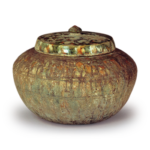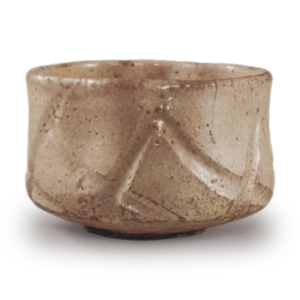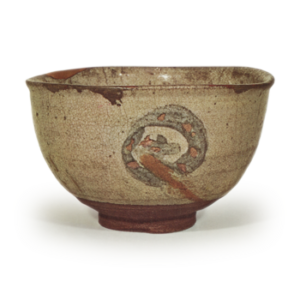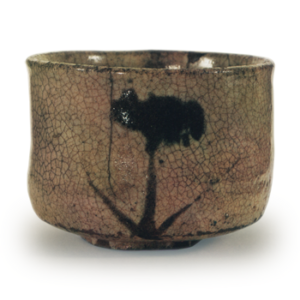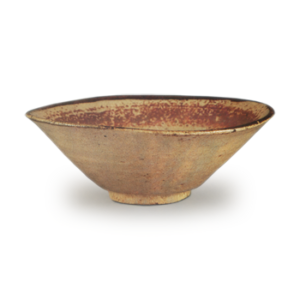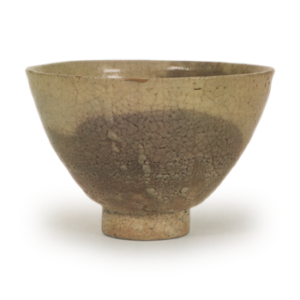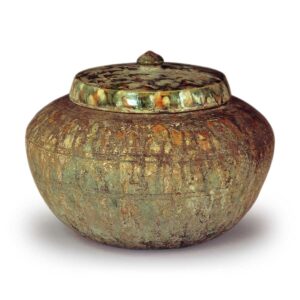
Sansai glazed ware: covered jar.
Excavated from Anwei Daishokan Mountain, Ibaraki City, Osaka Prefecture, Japan
8th century
Total height 15.7cm, body diameter 12.2cm, body diameter 21.0cm
Important Cultural Property
Tokyo National Museum
This jar was excavated from a tomb in the same area at the end of the Meiji period (1868-1912), and was stored in a stone chest as a warehouse urn.
This vessel is in perfect condition, but because it has been in the ground for a long time, the glaze is severely weathered and peeled, especially on the body. The lid has an archaic shape that extends from the shoulder to the lower edge, and the bead-shaped cord is also high and old-fashioned. The body is a short-necked jar without a high base, with a four-tiered, double-chinked line running from the shoulder to the lower half of the body. The shape of the vessel suggests that it dates to the early Nara period, and is the oldest known Sansai glazed vase.
The stone chest has a square body measuring approximately 67 cm in circumference and 36 cm in height, with a square rim extending to the center and a circular hole 27 cm in diameter and 16.5 cm in depth. Four examples of Nara-period sansai ware cinerary urns are known today, but this vessel and one from Takanokuchi, Wakayama Prefecture, were found in a stone chest, which was the typical form for storing cinerary urns in the Nara period.

